Right, so my recent posts have been complete nonsense, but that's what mental agitation produces. Two days ago, I returned to my 3D print / thermoforming shop to begin setting up my miniature foundry!
Here the gas-fired crucible furnace and electric burnout kiln are sitting on my work table. This is NOT where I will be using them. Casting metal is a strictly outdoor activity. Low-temperature alloys may be safely cast indoors, but I got this equipment for casting things like silver, bronze, iron, and maybe even gold.
I ordered one flask to go with the kiln, but neither the flask nor the kiln came with a drip tray, so I made one out of a piece of scrap metal. It's extremely crude, but it will work for testing purposes.
I don't expect the first castings to be pretty, as I'll probably need to tweak my process a bit before I'll be able to pull jewellery-quality castings directly out of the moulds. The moulds will be made of plaster mixed with either silica or brick dust (whichever I can get my grubby little paws on), which must be thoroughly mixed and de-gassed before it is poured into the flask. For the de-gassing, I will hook the mixing bucket up to my vacuum pump.
I have video footage of everything I've done so far, and I'll shoot more as I continue the work, but I won't be able to proceed until I get some more materials delivered. For the sake of cheap and easy testing, my first casts will probably be done in lead-free crown pewter, which is mostly tin. I'll need some wax rods as well to make part sprues. I already have some wax prints that I plan on testing.
Remember these? The wax ones are purple, in case you didn't know.
Given the small features, I probably won't use the egg or the cups for my first test. I might use the ring, however.
The unboxing and set-up will end up being in a video together, and I'll include a test casting run if it doesn't make the video too long. Otherwise, expect to see two videos in the near future. Given that investment casting is a somewhat complicated process, all things considered, hopefully these upcoming posts and videos will be more informative than my usual content.
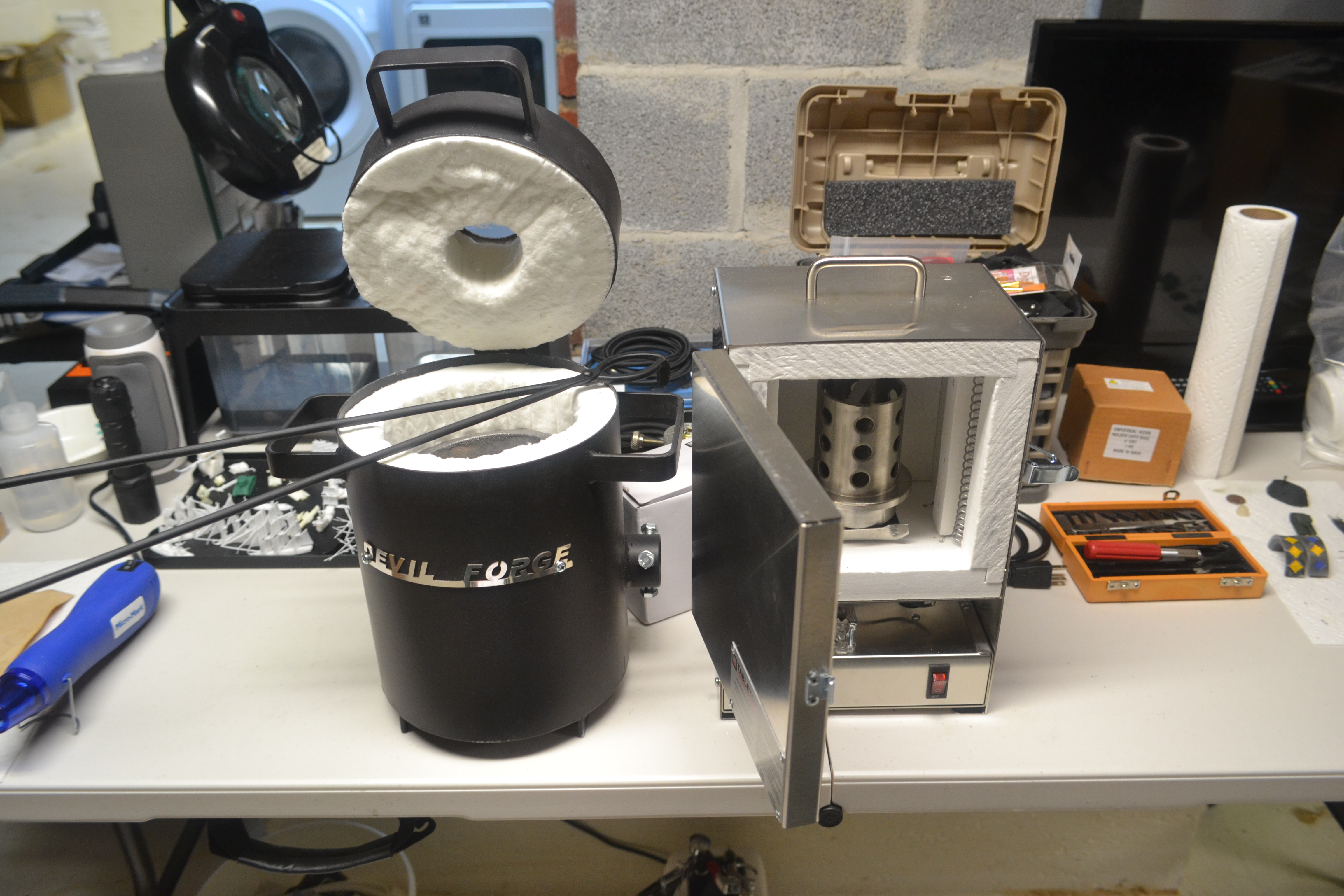
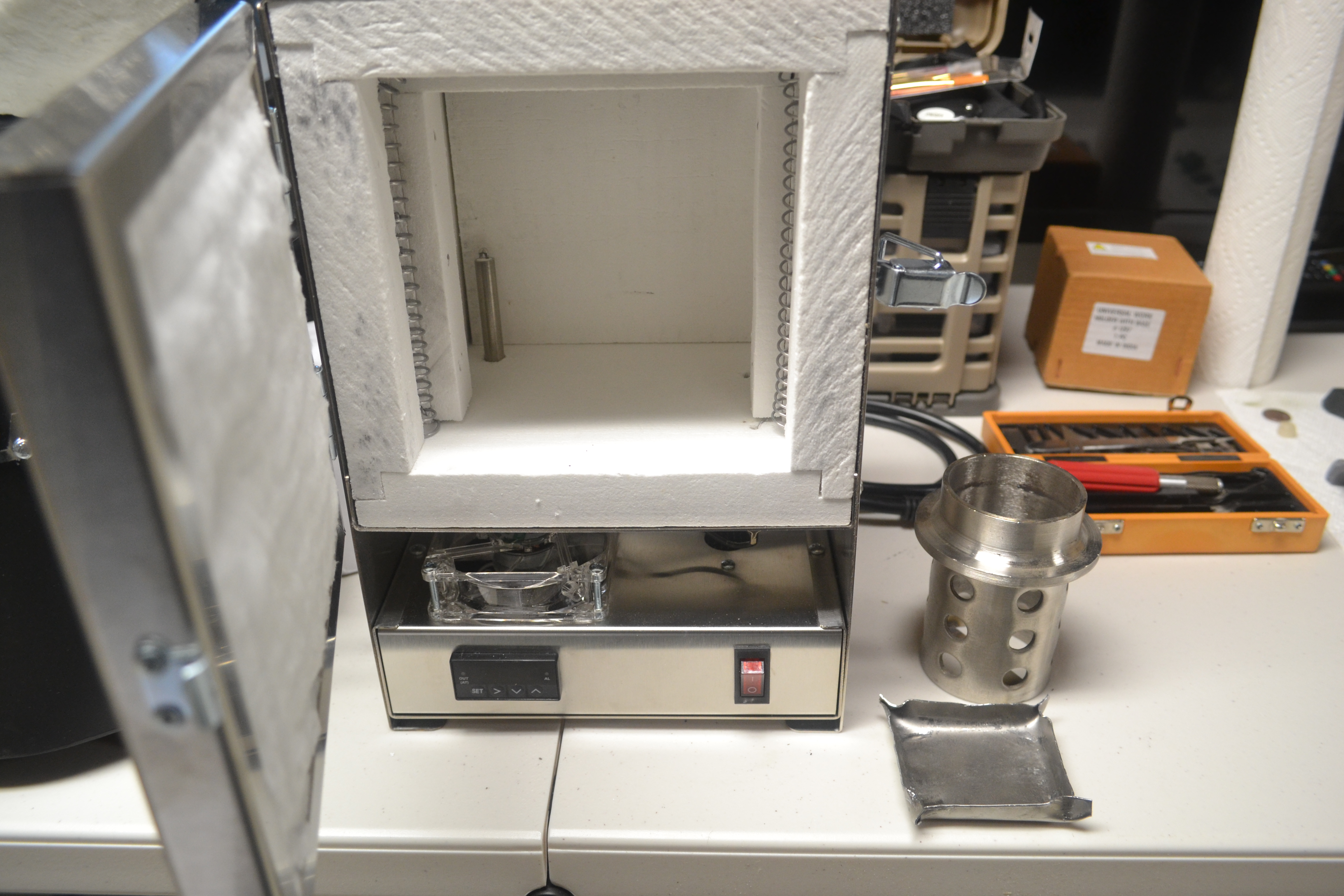
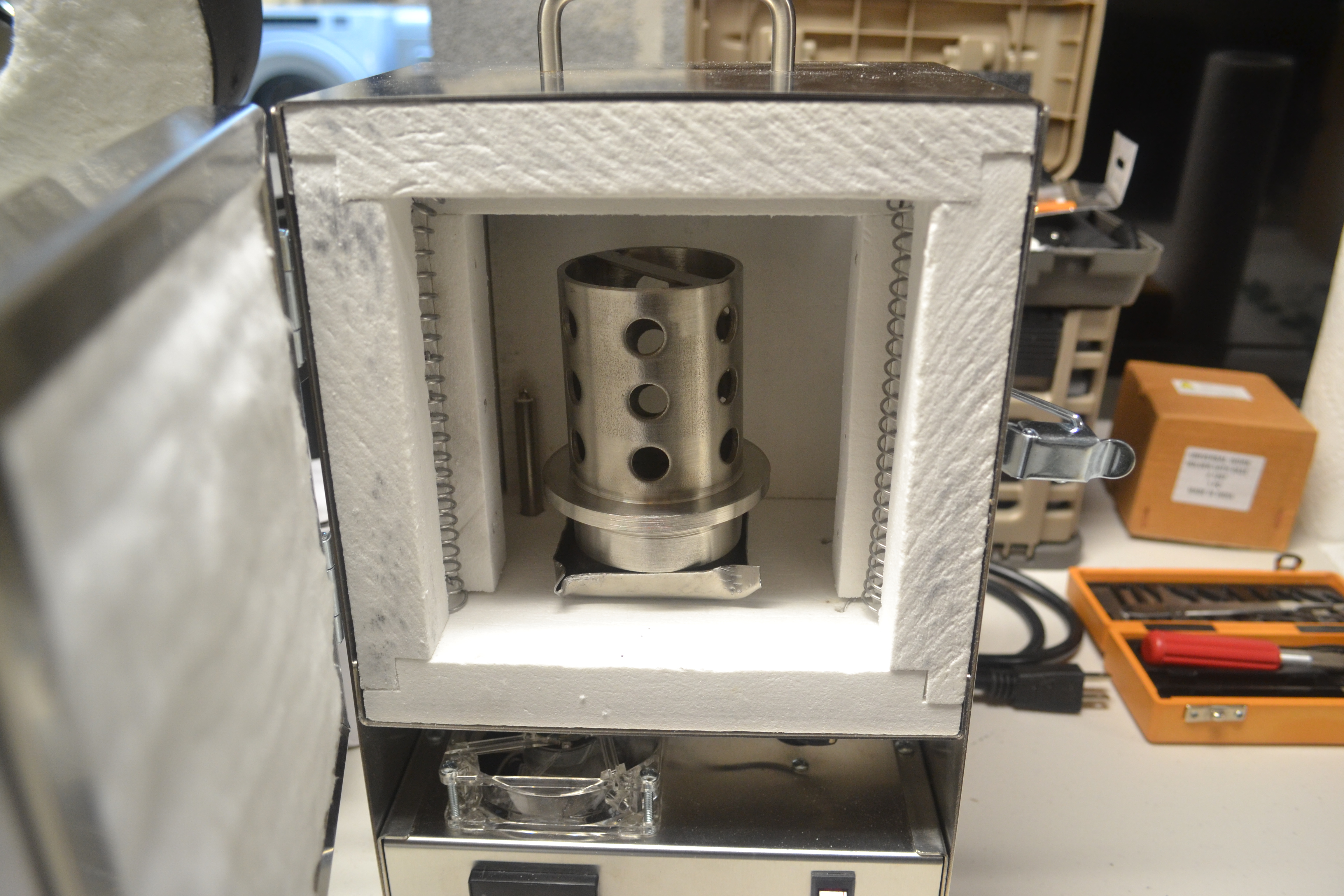
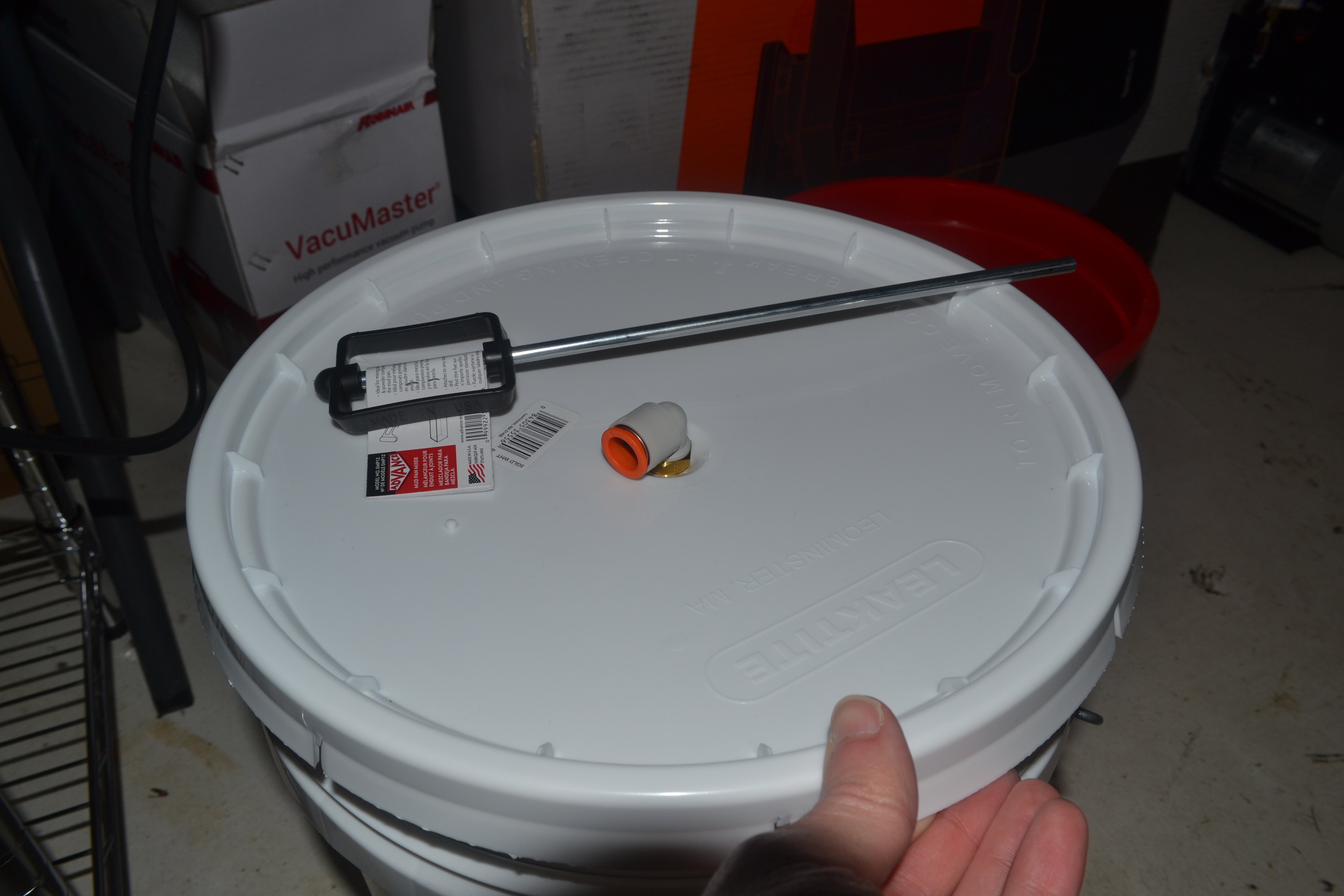

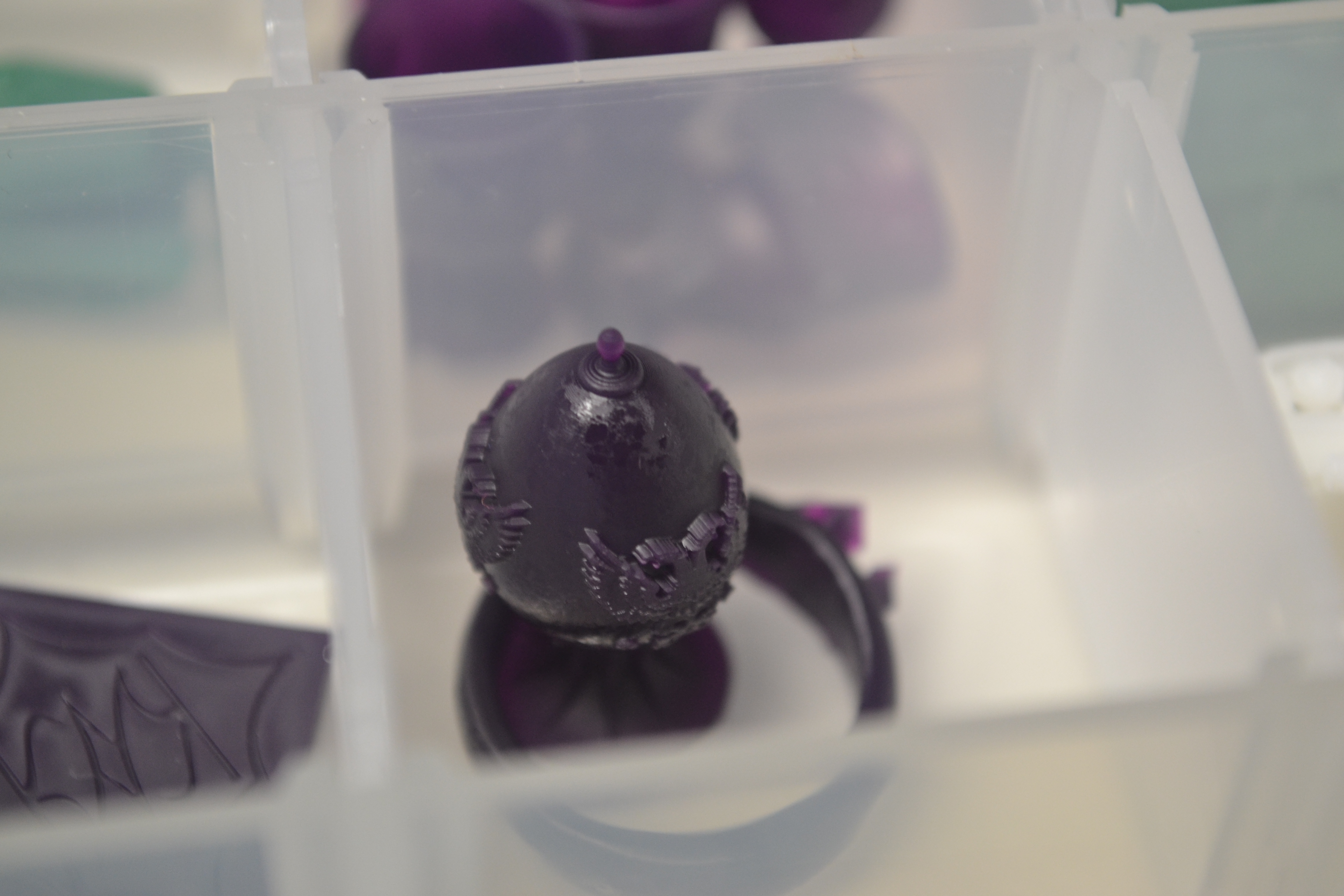
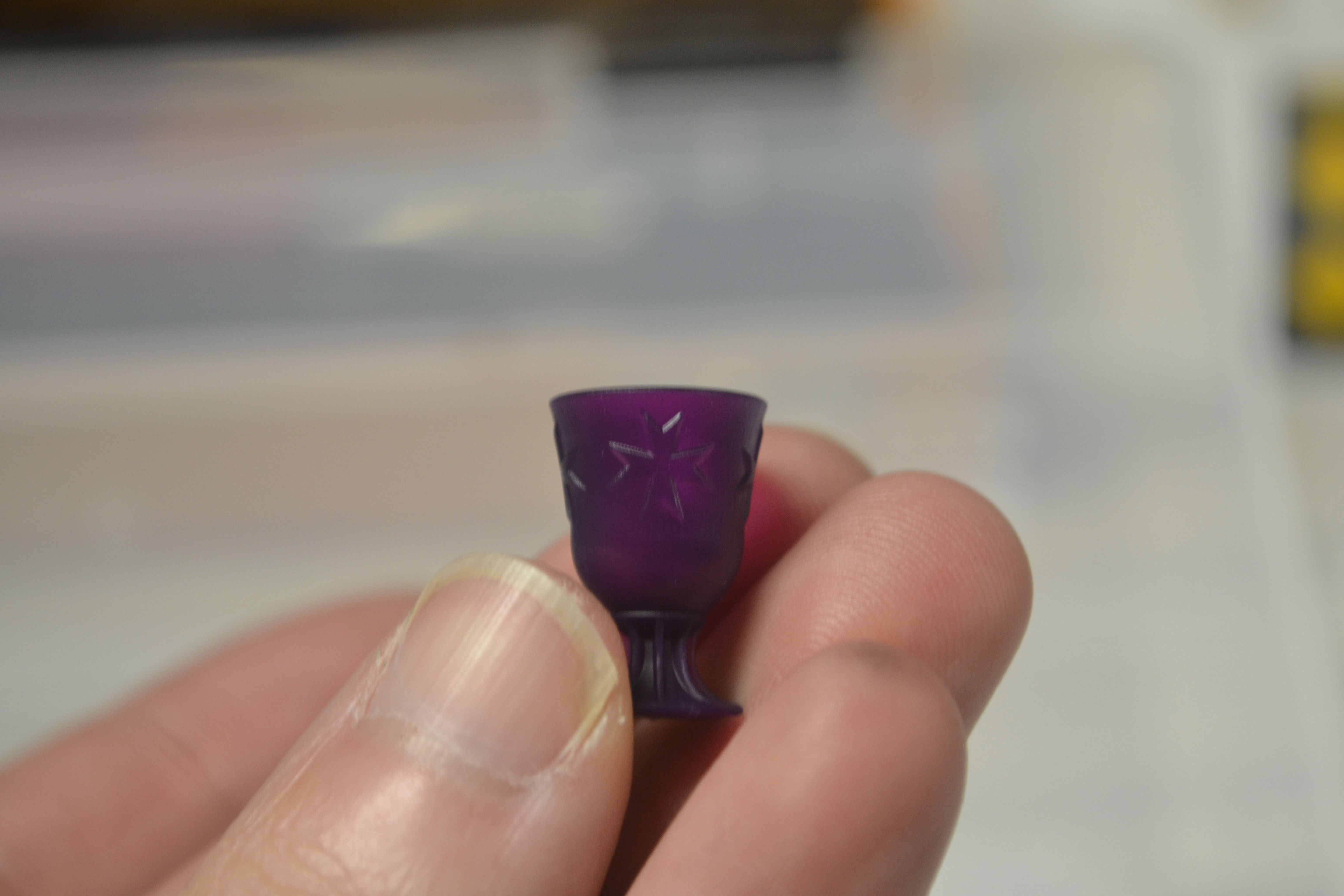
When I was taking my drafting classes, we had a sort of field trip down to the machine shop where the instructor was demonstrating sand casting. It wasn't for anything nearly so refined as lost wax and intricate details, but replacing a broken fireplace piece with an aluminum duplicate was still fascinating.
Sand casting has two advantages over investment casting: the raw materials are dirt cheap (literally), and the mould itself doesn't have to be fired, so you're not limited by kiln size. I got some instructional materials on it years ago, but never did anything with it.